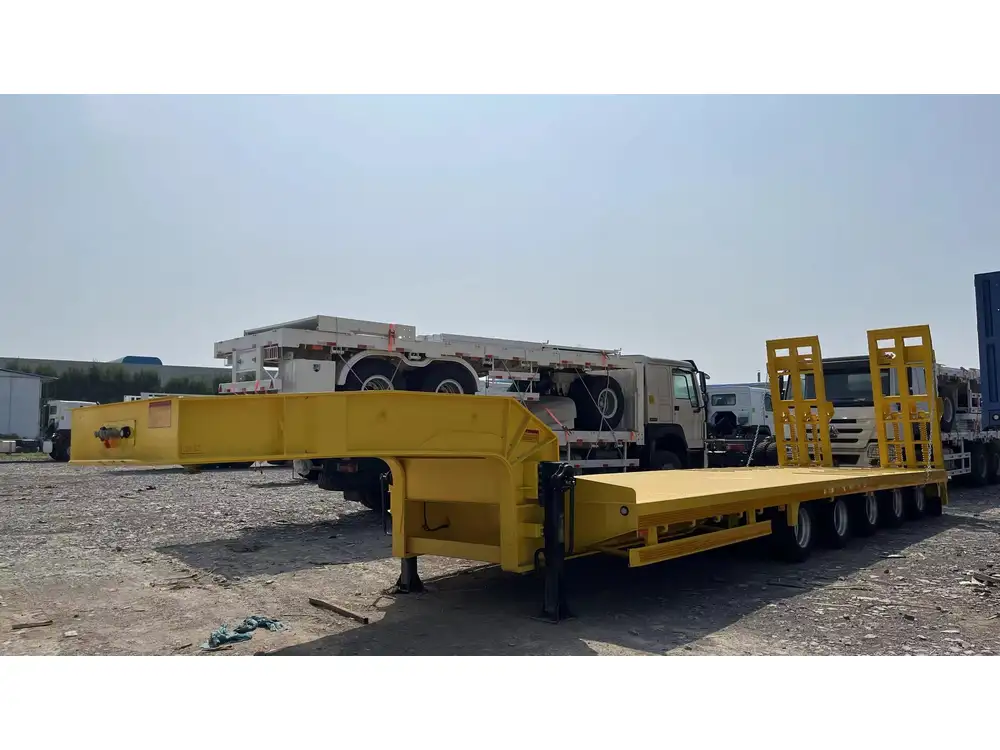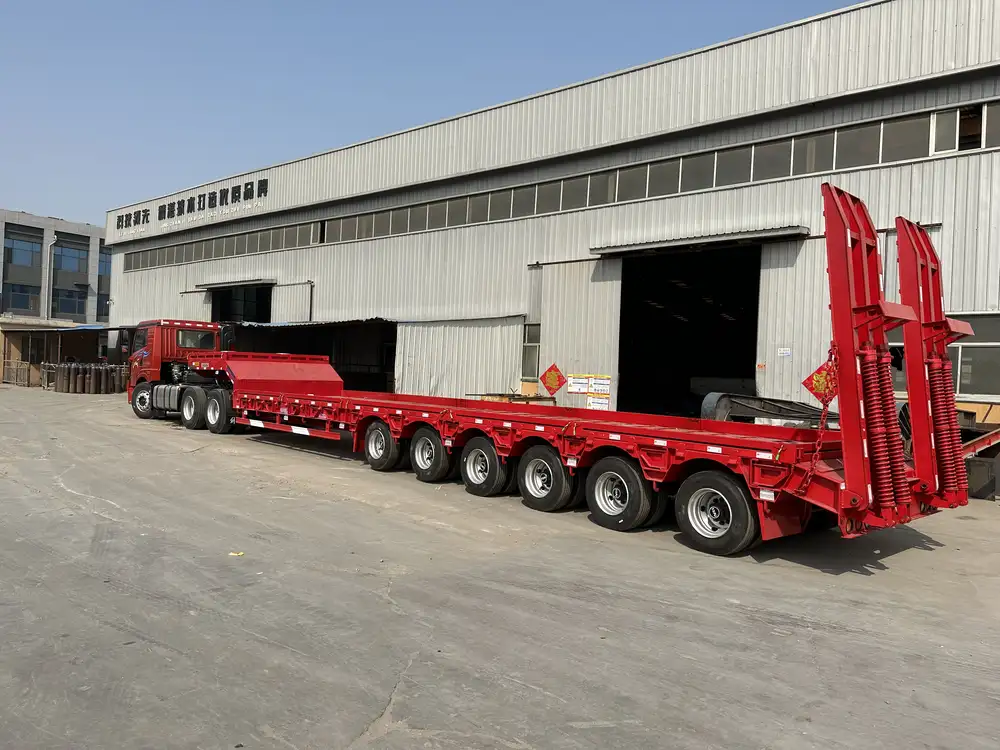Introduction
When it comes to efficient hauling, dump trailers stand out as versatile tools, especially for construction, landscaping, or agricultural businesses. This article provides in-depth insights into the capacity of a 10×14 dump trailer, addressing a key query for many users: how many yards will a 10×14 dump trailer hold? Understanding this metric not only sharpens your procurement decisions but also optimally meets project requirements.
Dimensions and Geometry of a 10×14 Dump Trailer
Before delving into the capacity specifications, it’s essential to clarify the dimensions. A 10×14 dump trailer measures 10 feet in width and 14 feet in length. This creates an area that can adequately handle various types of materials, including dirt, gravel, mulch, and more.
| Dimension | Measurement |
|---|---|
| Width | 10 feet |
| Length | 14 feet |
| Overall Area | 140 sq ft |

Capacity Analysis: What It Means
To ascertain how many cubic yards a 10×14 dump trailer can accommodate, we first calculate its volume in cubic feet. Given that a cubic yard equals 27 cubic feet, we can determine the volume by considering various dimensions, including depth, which varies based on the material loaded.
Factors Influencing Capacity
- Depth of Load: The height at which you fill the dump trailer plays a significant role in determining its capacity.
- Material Density: Different materials weigh more or less per volume, impacting total load capacity.
- Dump Trailer Slope: The angle at which a dump trailer tips can affect how efficiently materials settle.
Calculating the Cubic Yards of a 10×14 Dump Trailer
Typical dump trailers have a side height of around 2 to 3 feet. Here’s a formula we can derive to estimate the volume:
[ \text{Volume (cubic feet)} = \text{Length} \times \text{Width} \times \text{Height} ]Assuming an average height of 2 feet for a 10×14 dump trailer:
[ \text{Volume} = 14 \text{ ft} \times 10 \text{ ft} \times 2 \text{ ft} = 280 \text{ cubic feet} ]Next, converting cubic feet to cubic yards:
[ \text{Cubic Yards} = \frac{\text{Cubic Feet}}{27} ]Using our volume calculation:
[ \text{Cubic Yards} = \frac{280}{27} \approx 10.37 \text{ cubic yards} ]Thus, a 10×14 dump trailer can hold approximately 10.37 cubic yards of material when filled to a height of 2 feet. Adjustments can be made based on height for different loading capacities.

Practicality of Load Capacity
While the theoretical capacity is enlightening, it’s crucial to consider practical factors when loading a dump trailer:
- Safety Regulations: Staying within legal load limits ensures safety on the road and compliance with local laws.
- Material Type: Heavier materials like stones or sand may require reduced loads to maintain safe weight limits.
- Vehicle Compatibility: Ensure your towing vehicle can handle the weight while adhering to manufacturer specifications.
Common Mistakes When Loading a Dump Trailer
Understanding how to maximize your dump trailer’s capacity is just as important as knowing its dimensions. Here are some common pitfalls to avoid:
- Overloading: Exceeding both volume and weight limits can lead to accidents and fines.
- Unevenly Distributed Loads: Poor weight distribution can impact towing stability and control.
- Ignoring Material Settling: Some materials, like soil, will settle during transport, reducing usable volume once unloaded.
Choosing the Right Materials for Efficient Loading
The selection of materials loaded into a 10×14 dump trailer significantly impacts the execution of projects. Below is a list of common materials one might transport, along with the average density and considerations for each:
| Material | Average Density (lbs/cu yd) | Considerations |
|---|---|---|
| Dirt | 2,000 – 2,500 | Can settle; ensure to fill over capacity. |
| Gravel | 1,800 – 2,200 | Uniform spread for stability. |
| Mulch | 800 – 1,000 | Lightweight; can fill trailer to maximum heights. |
| Concrete Debris | 2,800 – 3,000 | Heavy; manage weight carefully. |

Optimal Loading Techniques
To maximize the dump trailer’s capacity and promote safe transport, consider these loading tips:
- Layering: Load heavier materials on the bottom to lower the center of gravity.
- Topping Off: Use lighter materials to fill air pockets and maximize volume.
- Avoiding Spillage: Make sure to fully cover materials that can easily fall out during transport.
Conclusion
In essence, a 10×14 dump trailer is versatile, accommodating approximately 10.37 cubic yards of material when loaded optimally. Knowing how to leverage this capacity effectively enables businesses to streamline their operations while ensuring compliance with safety regulations and adopting best practices for loading. For many users in the construction, landscaping, and agricultural sectors, understanding these details not only enhances productivity but also fosters responsible usage of equipment, paving the way for successful projects.
Frequently Asked Questions (FAQs)
1. How can I increase the load capacity of my dump trailer?
- Ensure proper weight distribution, choose lighter materials where possible, and avoid overloading beyond your vehicle’s towing capacity.
2. What type of materials can a dump trailer handle?
- Dump trailers can transport a variety of materials, including dirt, gravel, mulch, sand, and construction debris.
3. Are there regulations on dump trailer loads?
- Yes, regulations vary by region; it’s crucial to check local laws to remain compliant with weight limits.
By comprehensively examining capacity, loading techniques, and material considerations, we empower readers with the knowledge needed to optimize their 10×14 dump trailer usage successfully.



